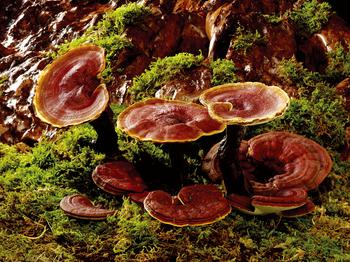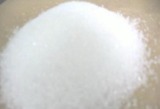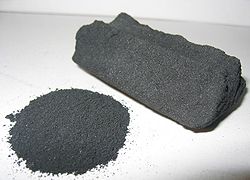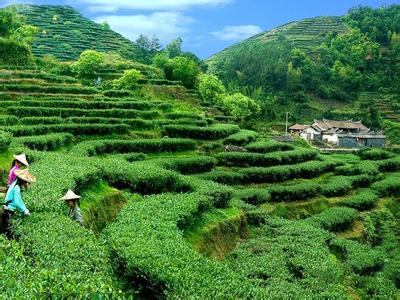- Basic Chemicals
- Medicine raw material
- Food Additives
- Amino Acid
- Plant Isolation
- Plant Polysaccharide
- P lant flavone
- Plant saponins
- Plant Polyphenols
- Anthocyanins
- Activated carbon
- CLOTH
- Medical Device
Anthocyanidins
- Product Numbers: 2014080001
- Price: US $
- Product description: Anthocyanins (also anthocyan) are water-soluble vacuolar pigments that may appear red, purple, or blue depending on the pH. They belong to a parent class of molecules called flavonoids synthesized via the phenylpropanoid pathway; Include:Grape seed P.E、Cranberry.P.E、Delchindin、Cyanidin、Petunidin、Peonidin。

In flowers, bright-reds and -purples are adaptive for attracting pollinators. In fruits, the colorful skins also attract the attention of animals, which may eat the fruits and disperse the seeds. In photosynthetic tissues (such as leaves and sometimes stems), anthocyanins have been shown to act as a "sunscreen", protecting cells from high-light damage by absorbing blue-green and ultraviolet light, thereby protecting the tissues from photoinhibition, or high-light stress. This has been shown to occur in red juvenile leaves, autumn leaves, and broad-leaf evergreen leaves that turn red during the winter. The red coloration of leaves has been proposed to possibly camouflage leaves from herbivores blind to red wavelengths, or signal unpalatability, since anthocyanin synthesis often coincides with synthesis of unpalatable phenolic compounds.
In addition to their role as light-attenuators, anthocyanins also act as powerful antioxidants. However, it is not clear whether anthocyanins can significantly contribute to scavenging of free radicals produced through metabolic processes in leaves, since they are located in the vacuole and, thus, spatially separated from metabolic reactive oxygen species. Some studies have shown hydrogen peroxide produced in other organelles can be neutralized by vacuolar anthocyanin.













